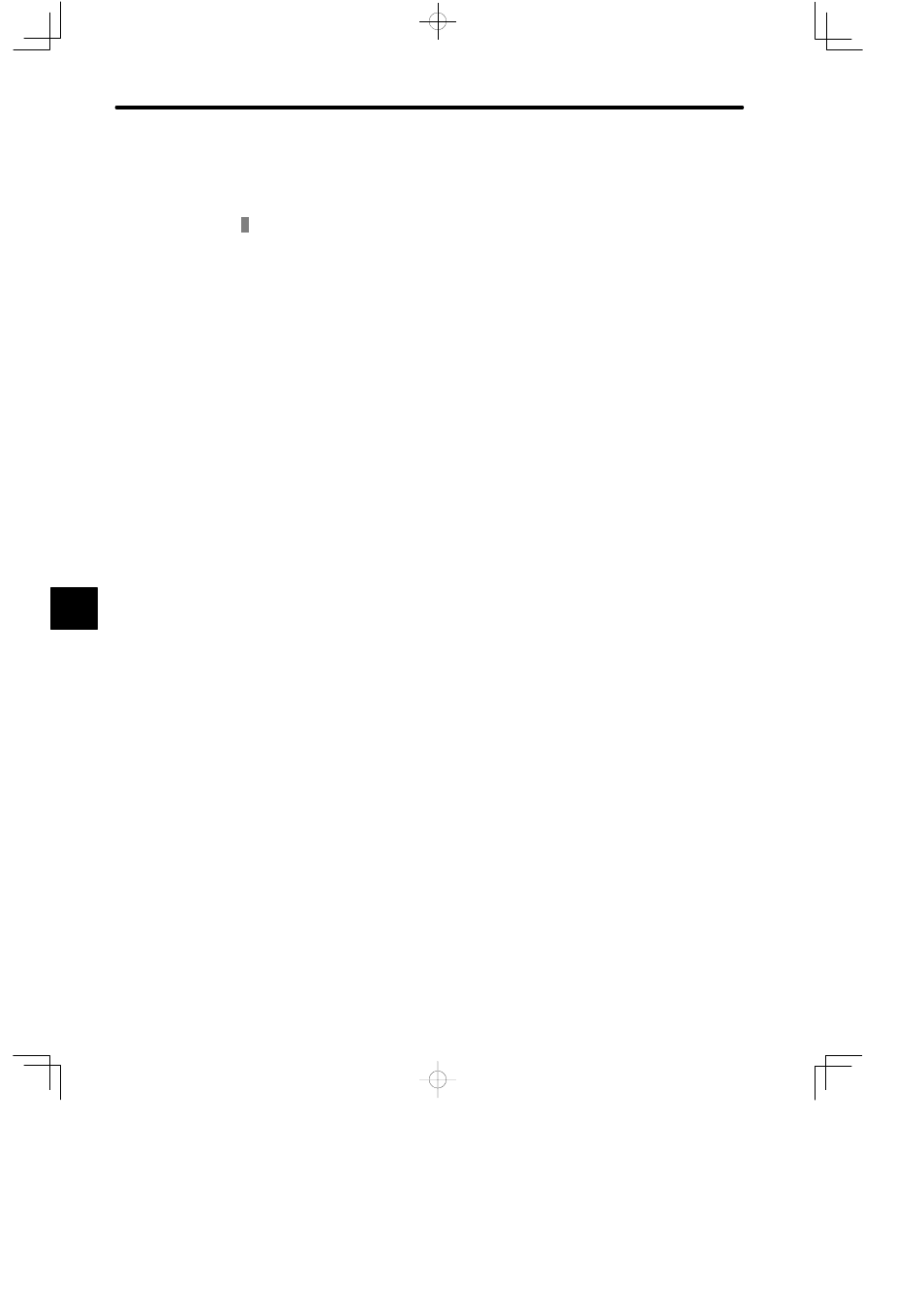1 servo drive inspection and maintenance, 1 what are en standards, 2 what is the ce marking – Yaskawa Sigma Mini User Manual
Page 240: 3 emc directive

EMC DIRECTIVE MEASURES
6.1.3 EMC Directive
— 6-2 —
6.1
Servo Drive Inspection and Maintenance
This section provides details on the EN Standards, CE marking, and EMC Directive.
6.1.1 What are EN Standards?
1) A board of directors consisting of EC cabinet members provided the EC Directives in
1985 when the European Union was called the EC. The purpose of the EC Directives was
to manage products from all areas of Europe under one set of standards over the applica-
ble standards of member countries.
2) The concrete standards for satisfying the EC Directives are the EN Standards (European
standards). Currently, there are 12 different types of directives, such as the Machine Di-
rective, the Low-voltage Directive, and the EMC Directive, that are specified as 12 stan-
dards.
6.1.2 What is the CE Marking?
1) The CE marking is a mark to indicate that a product is a safe product conforming to the
protection level specified by the EC Directives. Attaching this mark to a machine indi-
cates that the machine conforms to EN Standards based on the EC Directives. In Europe,
every industrial machine must have a CE marking for the Machine Directive since Janu-
ary 1, 1995.
2) “CE” is an abbreviation of Communauté Européenne in French, which means European
Communities (EC). Due to the increase of member countries, the name has been
changed to EU (European Union), but EC is still used for the name of the directives.
6.1.3 EMC Directive
1) The EMC Directive is one of the EC Directives relating to safety requirements for industri-
al products. The EMC Directive is concerned with electromagnetic interference (magnet-
ic noise) mainly from electronic devices. The two countermeasures specified are wheth-
er a product controls generating electromagnetic interference down to a level where it
does not affect other devices (generating side) and whether any measures are provided
to prevent an electronic device receiving electromagnetic interference from malfunctions
(receiving side). If a product is considered to provide proper countermeasures for elec-
tromagnetic interference at both the generating side and the receiving side, the product is
said to coexist with the electromagnetic environment, which means that the product sat-
isfies EMC requirements.
2) EMC is an abbreviation of Electromagnetic Compatibility, indicating the electromagnetic
compatibility of a product.
6